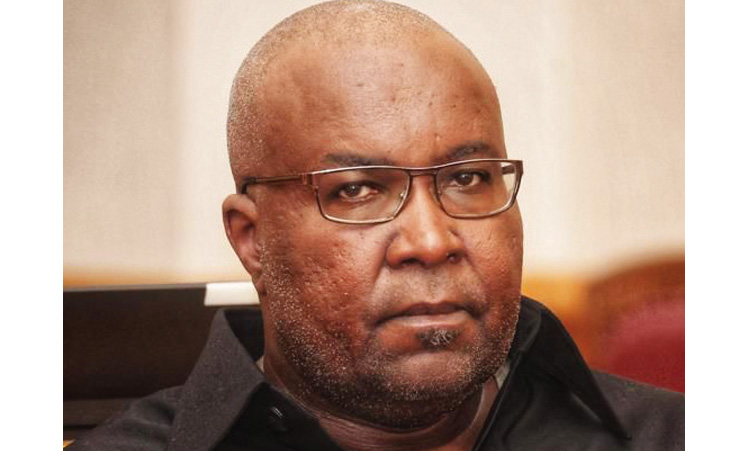BANK Windhoek has joined Standard Bank Namibia in not only offering the cheapest prime lending rates in Namibia, but also maintaining an interest rate spread lower than what the Bank of Namibia (BoN) requires.
Both banks now have prime lending rates of 11,25 per cent, after Bank Windhoek Managing Director James Hill implemented a drop of 250 basis points on Friday.This puts both banks in the clear with BoN Governor Tom Alweendo as far their prime rates are concerned. Alweendo told The Namibian last week that he wants to see the interest rate spread – the difference between the BoN’s current repo rate of seven per cent and the prime lending rates of commercial banks – at 450 basis points by the end of October. The Governor expects the narrowed spread for both prime and home loan rates.Currently only Nedbank Namibia, with its prime and mortgage rates at 11,5 per cent, adheres to the BoN’s requirement.Bank Windhoek and Standard Bank Namibia both still offer home loan rates at 11,75 per cent. FNB Namibia has a prime lending rate of 11,5 per cent which meets with the BoN’s approval, but its mortgage rate also still stands at 11,75 per cent.Bank Windhoek announced its prime lending cut despite the ‘significant’ pressure of the BoN’s lower rate cycle this year.’Bank Windhoek faced several challenges during the financial year, of which the impact of four decreases in the repo was the most evident. These decreases caused significant pressure on interest margins. However, the pressure was partially alleviated by way of renewed focus on cost containment,’ Hill said.Meanwhile, FNB Namibia Group Chief Executive Officer (CEO) Vekuii Rukoro referred to the ‘current pressures’ on the banking sector to reduce the spread in the group’s 2009 annual report.’This is an industry-wide issue that needs to be resolved responsibly on the basis of mutual agreement as the only sure way to avoid negative unintended consequences for the industry, and perhaps, the broader economy,’ he said.Rukoro said FNB Namibia has met with the BoN ‘to fully understand its intention in seeking a reduced margin, and to ensure that the implications for the banking sector is fully understood’.’The composition of our balance sheet is such that we will have to use different mechanisms to narrow spread for different asset classes to fairly reflect the relationship of pricing the risk, relative to our prime lending rate, which is driven by the actual cost of our funds,’ he said.jo-mare@namibian.com.na
Stay informed with The Namibian – your source for credible journalism. Get in-depth reporting and opinions for
only N$85 a month. Invest in journalism, invest in democracy –
Subscribe Now!










